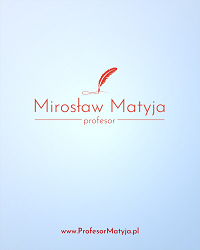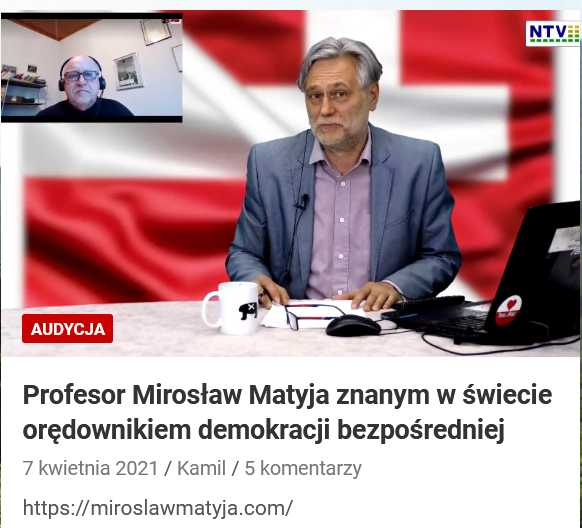Exploring the Meaning of Local Wisdom through Cloth, Candles, and Night: The Study of Batik Naga Tapa Purbalingga Motif
Abstract
The research was conducted to determine and describe Batik Tapa Naga Purbalingga both in terms of motifs, colors, and imprisoned meanings. The method used by researchers in writing this article is descriptive qualitative. While the data obtained using observation, interview, and documentation techniques. Based on the results obtained, it is known that the Naga Tapa Purbalingga batik motifs consist of dragons, buildings, dampars, elephants, birds, squirrels, tigers, deer, beetles, living trees, and plants which all form a pattern. The colors of the tapa naga purbalingga batik are white, brown, and black. While the symbolic colors of the Purbalingga tapa dragon are supernatural powers, power, and strength. While the function of tapa naga Purbalingga batik in ancient times is as the clothes of Purbalingga officials while on duty.
Keywords
Full Text:
PDFReferences
Aminullah, M. (2019). Human Interaction with Creators and Fellow Creatures (Study of Communication Relations of XYZ in Alamin Theory). Budapest International Research and Critics Institute-Journal (BIRCI-Journal) Vol 2 (4): 85-98.
Dinas Perindustrian Perdagangan dan Koperasi Kabupaten Purbalingga. 2010. Profil Sentra Industri Batik Purbalingga. Purbalingga: Dinas Perindustrian Perdagangan dan Koperasi.
Gardjito Murdijati. 2015. Batik Indonesia: Mahakarya Penuh Pesona.
Hartanto, D. (2020). Sociology Review of Social Phenomenon, Social Rules and Social Technology. Budapest International Research and Critics Institute-Journal (BIRCI-Journal Vol 3 (2): 1175-1184.
Herimanto & Winarno. 2012. Ilmu Sosial dan Budaya Dasar. Jakarta: Bumi Aksara.
Jati, Eling Purwoko, dkk. 2013. Analisis Sikap dan Minat Masyarakat dalam Mengembangkan Industri Kreatif di Desa Gambarsari Kecamatan Kemangkon Kabupaten Purbalingga. Journal and Proceeding, 01, IX, hlm. 30-42.
Kusrianto, Adi. 2013. Batik: Filosofi, Motif, dan Kegunaan. Yogyakarta: Andi.
Mangku, I Wayan. 2011. Materi Kuliah IPB103 Agama Hindu. Unit Mata Kuliah Dasar Umum. IPB. https://ocw.ipb.ac.id/course/view.php?id=66. Diunduh pada tanggal 12 Desember 2020.
Undang-Undang RI No. 14 Tahun 2005 dan Peraturan Pemerintah No 74 Tahun 2008. Tentang Guru dan Dosen. (Bandung: Citra Umbara, 2009).
Pemda Kabupaten Dati II Purbalingga dan LPM UGM. 1997. Sejarah Lahirnya Kabupaten Purbalingga. Purbalingga: Pemerintah Daerah Kabupaten Purbalingga.
Pinardi, Slamet. 1990. Ular (Naga) dalam Pandangan masyarakat Jawa Kuna. Koleksi karya ilmuah. Yogyakkarta: Fakultas Sastra UGM.
Poerwadarminta. 1939. Soesastra Djawa: BJ Wolters University of California.
Sunarya, Aryo. 1980. Seni Kerajinan Batik Indonesia. Yogyakarta: Balai penelitian Batik dan Kerajinan.
Triatmo. 2013. Ki Arsantara Pendiri Kabupaten Purbalingga. Purbalingga: Komunitas Pecinta Sejarah dan Budaya Purbalingga.
Unesco. 1995-2012. “Indonesian Batik”. http://www.unesco.org/culture/ich/RL/00170. Diunduh pada tanggal 5 November 2020.
DOI: https://doi.org/10.33258/birle.v4i2.1853
DOI (PDF): https://doi.org/10.33258/birle.v4i2.1853.g2271
Article Metrics
Abstract view : 103 timesPDF - 88 times
Refbacks
- There are currently no refbacks.

This work is licensed under a Creative Commons Attribution-ShareAlike 4.0 International License.

This work is licensed under a Creative Commons Attribution-ShareAlike 4.0 International License

_.gif)



















_.gif)



